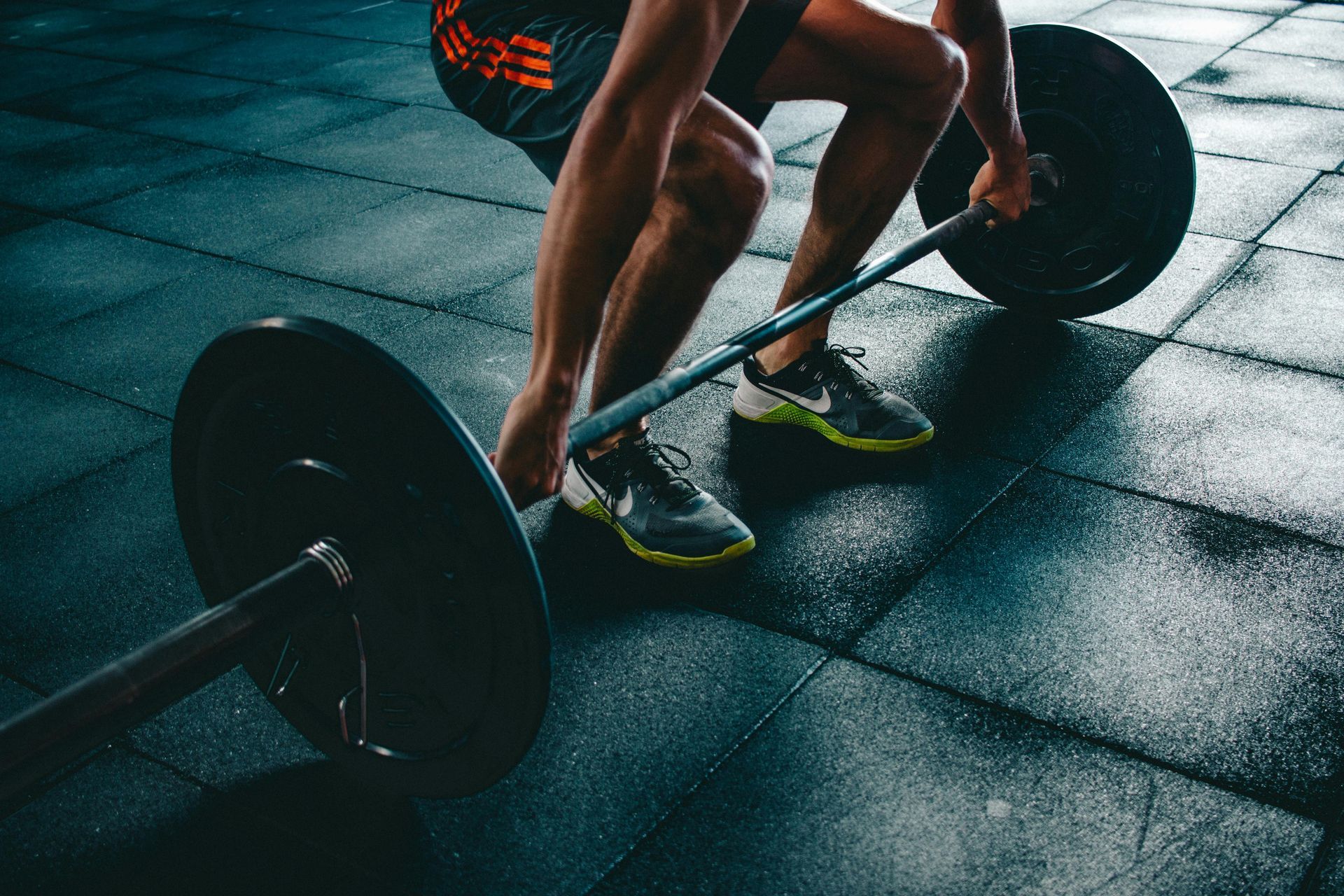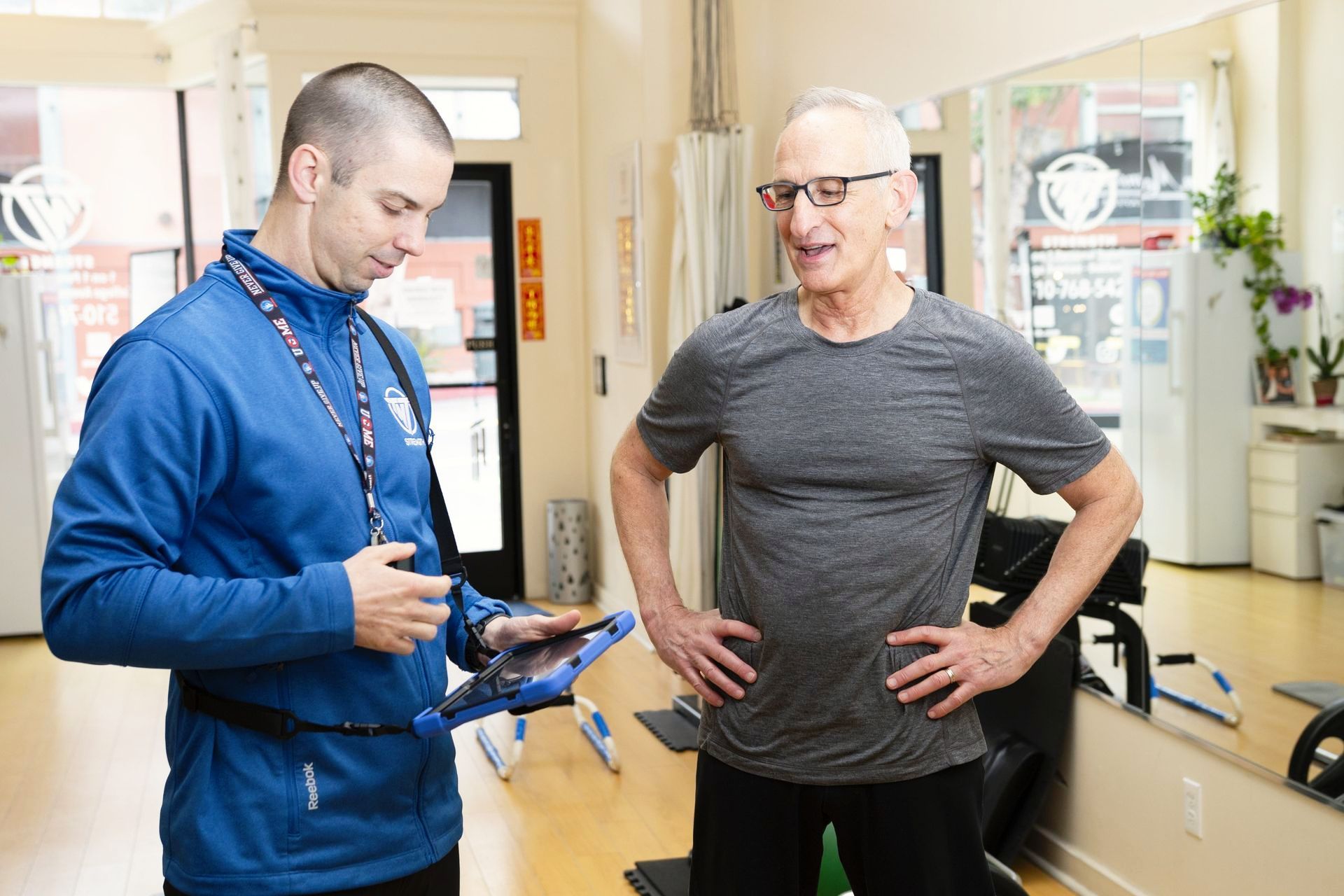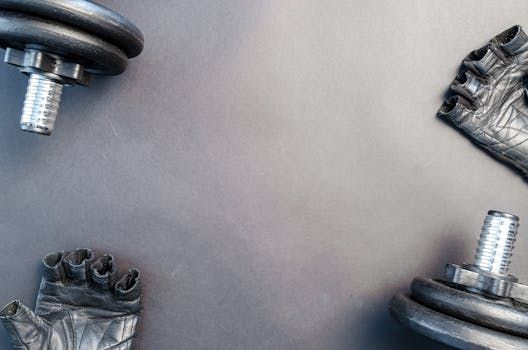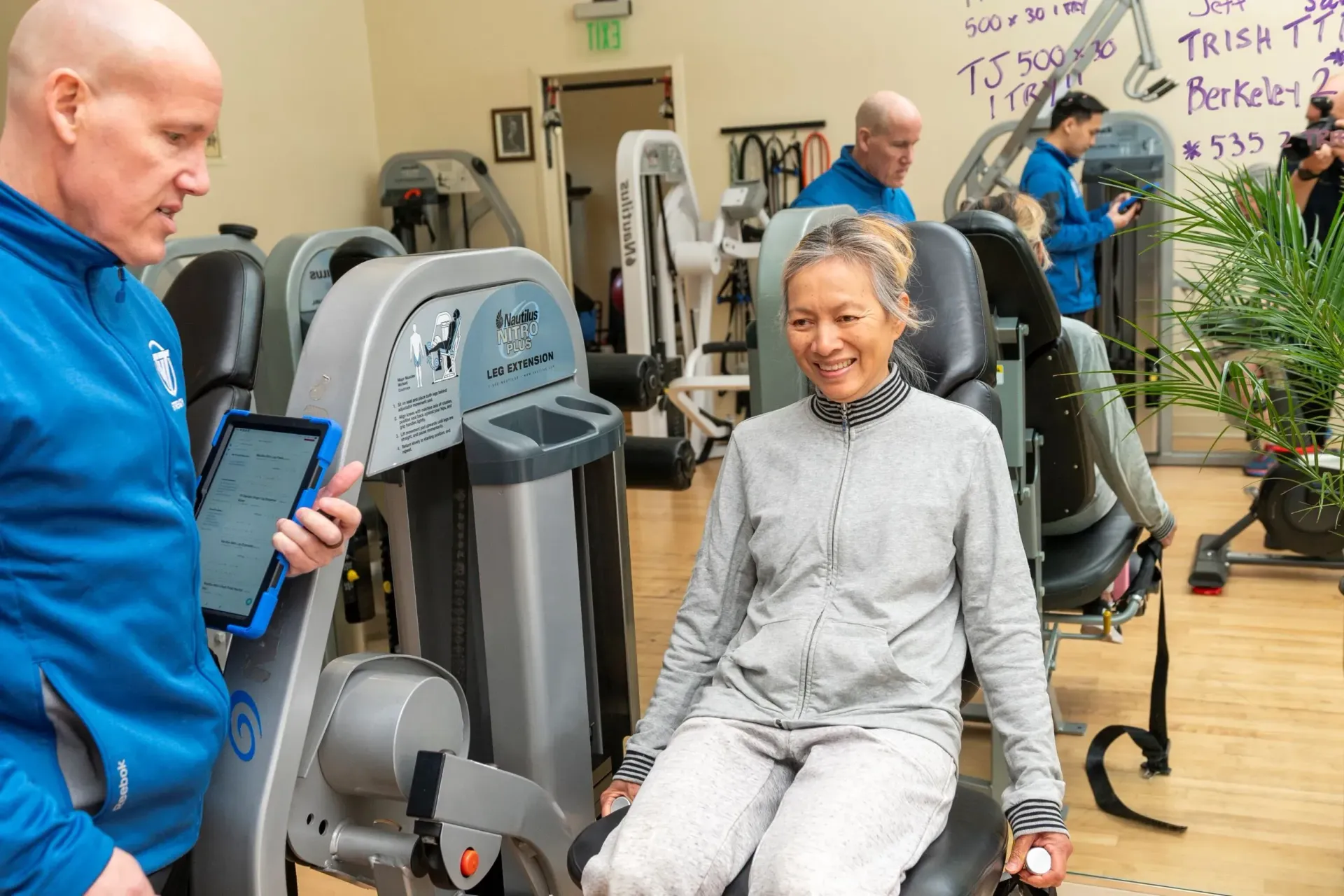What to Do on Non-Training Days: The Active Recovery Blueprint

Estimated Read Time: 7 minutes ✅
TL;DR (Too Long; Didn't Read)
Rest days aren't about doing nothing—they're about recovering smart. Your strength gains happen after your workouts, not during them. Active recovery means gentle movement, restorative habits, and nutrition that supports repair. Take a long walk through Rockridge or Lake Temescal, stretch out, eat real food, and sleep deeply. At TNT Strength in Oakland, we teach our clients that recovery isn't the opposite of training—it's the other half of it.
At TNT Strength, we love hard work. But here's the thing — your progress doesn't happen during your workouts. It happens afterward, when your body adapts, rebuilds, and grows stronger. That's why recovery isn't just part of your program — it is your program.
Too many people think "off days" mean doing nothing. Others go the opposite route — filling their rest days with random, high-intensity classes or "extra cardio." Both approaches miss the mark. What you really need are active recovery days: deliberate, low-stress activities that promote circulation, mobility, and mental rejuvenation — without digging into your recovery reserves.
Here's your Active Recovery Blueprint — TNT Style.
1. Move, Don't Grind
On non-training days, the goal is gentle movement, not intensity. Think of it as greasing the gears rather than revving the engine.
Some great options include:
Walking: The simplest and most underrated recovery tool available. Get outside and stroll through Rockridge or North Berkeley for 30–60 minutes at an easy pace. Breathe deeply, relax your posture, and enjoy the scenery — maybe grab a post-walk coffee at Cole Coffee or Highwire.
Cycling or swimming (light effort): Great for circulation without pounding the joints.
Mobility flows: Controlled articular rotations (CARs), foam rolling, and gentle stretching keep your joints healthy and your muscles supple.
TAKU Tip: You should finish your active recovery feeling better than when you started. If you feel tired or sore afterward, you did too much.
2. Prioritize Sleep & Stress Management
Your recovery doesn't depend only on movement — it's built on the foundation of rest.
Aim for:
7–9 hours of quality sleep. Your growth hormone and repair processes peak during deep sleep.
Consistent bedtime and wake-up routines. Your body thrives on rhythm.
Relaxation techniques: Breathing drills, meditation, reading, or quiet reflection all help shift you into a parasympathetic ("rest and digest") state.
Remember: the best athletes train hard; but they recover fully.
Here in Oakland, that might mean an evening walk through Lake Merritt or quiet time in Temescal Regional Park before bed — anything that helps you unwind and reset.
3. Feed the Machine
Recovery days are not "cheat" days or "skip" days — they're opportunities to fuel adaptation.
Stay protein anchored. Keep hitting your daily protein target to support muscle repair and retention.
Hydrate. Water drives every metabolic process — aim for half your body weight in ounces per day.
Include colorful, whole foods. Prioritize nutrient-dense fruits, vegetables, and healthy fats* to reduce inflammation and aid recovery. (*If you're in Rockridge, head to Barney's on College Ave and grab a large Cobb Salad — it's one of my go-to refuel meals.)
4. Tune Up Your Mindset
Recovery isn't just physical. It's mental, too.
Use your off days to reflect on progress, set intentions, and mentally reset. Journaling, goal setting, or simply taking time to appreciate how far you've come helps reinforce consistency and purpose — two pillars of the TNT methodology.
Training is the stress. Recovery is the adaptation. Balance them both, and you'll thrive long-term.
5. Sample Active Recovery Day
Here's what an ideal TNT-style recovery day might look like:
Morning: 20–30 minute walk outside, followed by 5–10 minutes of deep breathing or meditation.
Midday: Gentle mobility flow — shoulder circles, hip rotations, cat-cows, and a few easy stretches.
Evening: Protein-rich dinner, screen-free wind down, lights out by 10:30 PM.
That's it. Simple, effective, restorative.
Science Corner: Why Active Recovery Works
Modern research strongly supports the benefits of active recovery. Here are a few highlights:
1. Improved Blood Flow & Metabolite Clearance: Light activity accelerates the removal of lactate and other metabolic byproducts from muscle tissue, reducing soreness and restoring performance faster (Ahmaidi et al., European Journal of Applied Physiology, 1996).
2. Enhanced Neuromuscular Function: Low-intensity movement helps maintain coordination and mobility while minimizing neural fatigue (Dupont et al., Medicine & Science in Sports & Exercise, 2004).
3. Reduced Stress & Better Hormonal Balance: Gentle exercise and mindful movement promote parasympathetic activation, helping regulate cortisol and support recovery (Stanley et al., Frontiers in Physiology, 2013).
Bottom line: Active recovery isn't "extra" — it's essential.
TAKU'S NOTE
At TNT Strength, we train hard, but we recover with intention. The body isn't a machine that thrives on endless output — it's a living system that needs balance. Off days are not wasted days; they're where your real gains take shape.
So next time your calendar says "Rest Day," think of it as a chance to actively invest in your long-term strength, vitality, and well-being.
Train smart. Recover fully. Live strong.
— Liam "TAKU" Bauer
TNT Strength
Safe. Efficient. Effective.
Located in the heart of Rockridge, Oakland, CA.
FAQ: Active Recovery & TNT Strength
Q1: How often should I take active recovery days?
If you're training two to three times per week, plan for at least two active recovery days in between. These help maintain mobility and energy without overtraining.
Q2: Can walking really count as recovery?
Absolutely. A relaxed 30–60 minute walk — especially around Rockridge, Temescal, or the Oakland hills — boosts circulation and calms your nervous system without adding stress.
Q3: What if I feel sore for several days after training?
That's a sign your recovery habits (sleep, nutrition, hydration, or stress management) need attention. Focus on gentle movement, more sleep, and consistent protein intake.
Q4: Should I do yoga or stretching instead?
Yoga, foam rolling, and light mobility sessions are great tools for recovery — just keep them easy and restorative, not intense.
Q5: How can TNT Strength help with recovery?
Our programs at TNT Strength in Rockridge are designed for total balance — hard effort during training, followed by structured recovery guidance. We help you build strength safely, efficiently, and sustainably.
Experience the TNT Strength difference with a free workout.
START YOUR FITNESS TRANSFORMATION WITH A
FREE WORKOUT
Complete the form and we'll set up an appointment for you.











